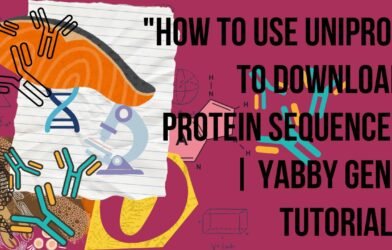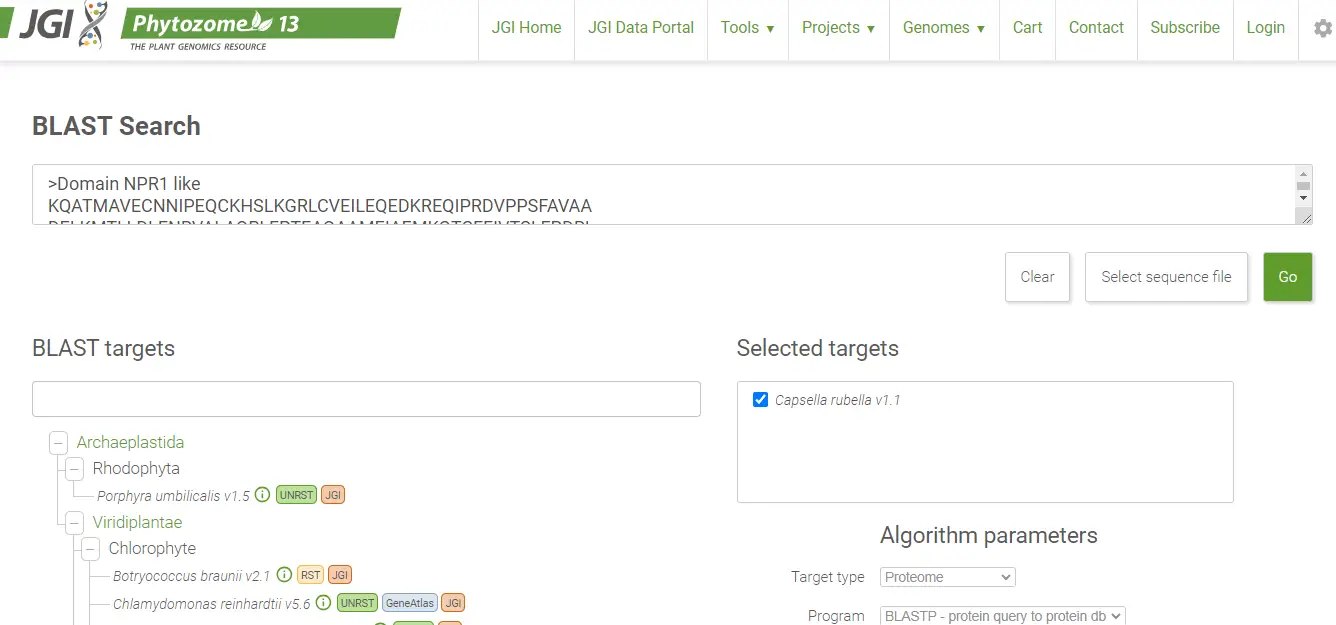Introduction to Plant Immunity
Plant immunity is an intricate defense system that enables plants to recognize and respond to various pathogens, including bacteria, fungi, and viruses. It comprises different layers of responses, primarily categorized into two major types: Pathogen-Triggered Immunity (PTI) and Effector-Triggered Immunity (ETI). PTI is the first line of defense that plants utilize upon detection of pathogen-associated molecular patterns (PAMPs), which serve as indicators of pathogen invasion. This innate immune response often involves the activation of general defense mechanisms, such as the production of reactive oxygen species, strengthening of cell walls, and the expression of defense-related genes.
On the other hand, ETI represents a more sophisticated and targeted reaction triggered by specific pathogen effectors. These effectors can suppress PTI, yet plants have evolved to recognize certain effector molecules, leading to a robust cell death response in the affected area. This hypersensitive response helps to contain the pathogen and activate broader defense strategies throughout the plant. Both PTI and ETI are essential for a plant’s survival in a competitive ecosystem heavily populated by pathogenic threats.
In addition to these immediate responses, plants also develop Systemic Acquired Resistance (SAR), a long-lasting, broad-spectrum defensive state initiated following a primary infection. SAR allows plants to bolster their immune responses not only at the site of infection but also in distal tissues, thus preparing them for potential future assaults by pathogens. These defense mechanisms are of considerable significance in agricultural practices, as they can enhance crop resilience against diseases, ultimately leading to improved yields and sustainability.
Understanding the genomic basis of these immune responses through genome-wide analysis can provide valuable insights into the complex interplay between plant and pathogen. Such knowledge has the potential to inform breeding programs aimed at improving plant health and resistance, ensuring better agricultural productivity while minimizing the dependence on chemical interventions.
Mechanisms of PTI and ETI
Plant immunity consists of two primary mechanisms: Pattern-Triggered Immunity (PTI) and Effector-Triggered Immunity (ETI). PTI operates as the frontline defense mechanism against pathogens, initiated upon the recognition of pathogen-associated molecular patterns (PAMPs). During this process, plants utilize specific pattern recognition receptors (PRRs) that can detect these molecular signatures on pathogens. Such recognition activates a cascade of intracellular signaling events, which often include the production of reactive oxygen species (ROS), the activation of mitogen-activated protein kinases (MAPKs), and a variety of transcription factors. These molecular responses culminate in the expression of defense-related genes that equip the plant to fend off a broad spectrum of potential threats.
On the other hand, ETI represents a targeted form of immune response, initiated primarily by the detection of effector proteins secreted by pathogens. Avirulence factors are specific proteins that some pathogens use to suppress plant defenses. When a plant recognizes these effectors through specific resistance proteins (R proteins), this triggers a robust immune response characterized by a rapid hypersensitive response (HR). The HR often involves localized cell death, preventing the spread of the pathogen within the plant tissue. This response is not only swift but also highly specific to the recognized pathogen.
Both PTI and ETI mechanisms exemplify a plant’s intricate defense systems, displaying remarkable specificity and adaptability. For instance, in Arabidopsis, research has shown that the FLS2 receptor mediates PTI through the recognition of flagellin, while resistant varieties of tomato utilize R proteins to respond to the effector proteins from the pathogen *Pseudomonas syringae*. Thus, understanding these mechanisms through genome-wide analyses can provide significant insights into plant resilience against various pathogens, contributing to advancements in agricultural practices.
The Role of Systemic Acquired Resistance in Long-Distance Immunity
Systemic Acquired Resistance (SAR) represents a crucial adaptive response that enables plants to defend themselves against subsequent pathogen attacks after experiencing a localized infection. This form of long-distance immunity is facilitated by the movement of signaling molecules throughout the plant, with salicylic acid being one of the most prominent among them. Salicylic acid acts as a critical signaling compound that orchestrates the defense response, promoting the expression of pathogenesis-related genes, which subsequently enhances the plant’s overall resilience to biotic stress.
Upon infection by a pathogen, the local hypersensitive response triggers a cascade of molecular signals that lead to the synthesis of salicylic acid. This compound then travels from the infected tissue to uninfected tissues, effectively communicating the presence of a threat. The translocation of salicylic acid is essential for initiating the upregulation of defense mechanisms in distal parts of the plant, thus contributing to a state of heightened readiness that lasts for an extended period. Consequently, the ability of plants to mount a SAR is recognized as one of the key elements in plant immunity, enabling them to confront a wide range of pathogens more efficiently.
The genetic and epigenetic changes encountered during the SAR process are pivotal in establishing a long-lasting immune memory. Studies leveraging genome-wide analysis have shed light on various regulatory networks that are activated during SAR, revealing an intricate interplay between different genes and environmental factors. By understanding these underlying mechanisms, researchers can identify potential targets for improving resistance in crops, thereby enhancing agricultural productivity and sustainability. This comprehensive overview of SAR reinforces its role in long-distance immunity, emphasizing the importance of these biological processes in the broader context of plant defense strategies.
Advancements in Genome-Wide Analysis and Its Implications
Recent advancements in genome-wide analysis techniques have revolutionized the study of plant immunity, particularly in understanding processes related to pathogen recognition and defense mechanisms. Technologies such as genome sequencing, transcriptomics, and epigenomics have provided researchers with unprecedented insights into the genetic basis of plant defense responses. Genome sequencing allows for the comprehensive mapping of plant genomes, making it possible to identify genes associated with disease resistance. As a result, scientists can better characterize the molecular interactions between plants and their pathogens, leading to improved strategies for enhancing plant immunity.
Transcriptomics, on the other hand, enables the assessment of gene expression profiles under various conditions, thereby revealing how plants regulate their immune responses when confronted with biotic stressors. This technique has been instrumental in discovering novel plant immune-related genes, contributing to a deeper understanding of the innate immune system. Furthermore, epigenomics has shed light on the epigenetic modifications that influence gene expression, suggesting that plant immunity may also be regulated by factors beyond genetic sequences alone. The integration of these methodologies fosters a comprehensive approach to studying plant defense, allowing for more nuanced insights into the dynamic interactions between host plants and pathogens.
The findings from these genomic studies hold significant implications for crop improvement and sustainable agriculture. By understanding the genetic and molecular underpinnings of disease resistance, researchers can develop resilient plant varieties better equipped to withstand various pathogens. This includes the potential for marker-assisted selection, where molecular markers linked to resistance traits can streamline the breeding process. In addition to enhancing crop yields and reducing losses, these advancements may contribute to environmentally sustainable practices by minimizing the need for chemical pesticides. As we look to the future, the utilization of genomic data promises to solidify our grasp of plant immunity, paving the way for innovative strategies that bolster agricultural resilience against emerging threats.






